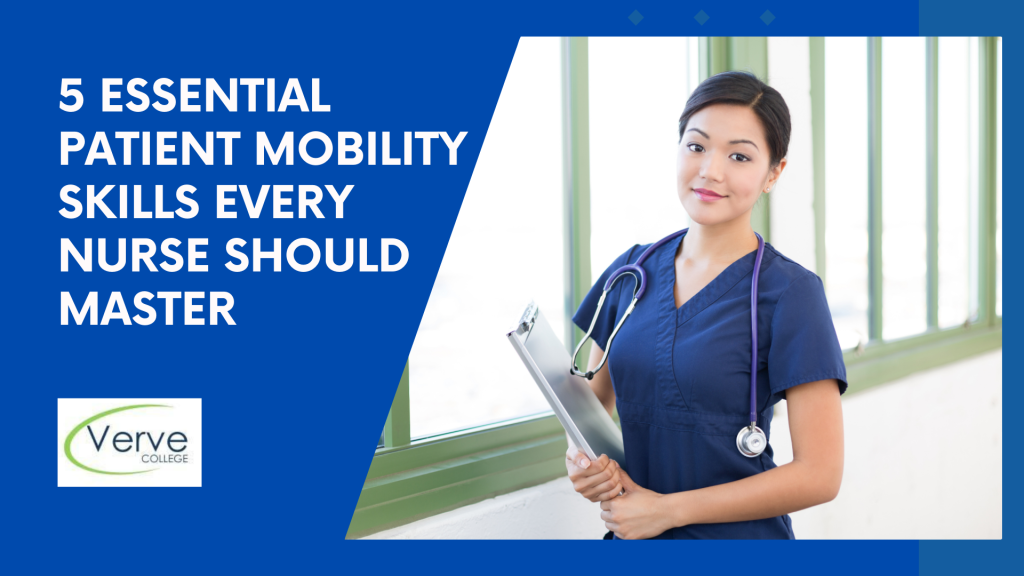- Oak Brook:(630) 705-9999
- Chicago:(312) 920-8822
- Email:inquiry@vervecollege.edu
- Make a Payment
- Home
- Programs
- Admission
- Resources
- ATI Entrance Exam Resources
- New E-Digital Library
- Refer a Friend
- School Newsletter
- Events
- Employers
- Job-Network
- Alpha Beta Kappa Candidates
- Verve College Library
- Graduation and Pinning Ceremony Photo Galleries
- Textbook Information
- Career Services
- Tutoring
- School Catalog
- FAQ
- Constitution Day Program
- Alumni
- Verve College Plans
- Financial Aid
- HEERF Reporting
- Satisfactory Academic Progress
- Apply For Financial Aid
- Net Price Calculator
- Return of Title IV Funds (R2T4)
- Financial Aid Office Code of Conduct
- Contact
- FAQs
- Verification Policy
- Vaccination Policy
- Student Right-to-Know Act
- Misrepresentation
- Information Security Program
- Academic Award Year
- Availability of Employee
- Cost of Attendance
- Health & Safety Exemption Requirement
- Students Rights and Responsibilities
- Leave of Absence
- Pell Formula
- Military Students
- Grants/ Scholarship Policy
- Contact Us
- Testimonials
- Blog
Is a Nursing Career Right For You?
Take The Free Quiz
5 Essential Patient Mobility Skills Every Nurse Should Master
5 Essential Patient Mobility Skills Every Nurse Should Master
The mobility of patients is an essential aspect of nursing. It is the process of aiding patients to move in a safe manner regardless of whether you are recovering from a surgery, battling the effects of a chronic illness or are facing challenges with mobility because of injury or aging. Nurses, particularly those who are pursuing LPN courses or who are currently taking classes at LPN schools close to me, must learn specific mobility techniques for patients to ensure the safety and wellbeing of their patients. In this post, we’ll examine five vital patient mobility skills that every nurse must master to enhance the outcomes of patients and improve care delivery.
Crucial Patient Mobility Skills Are as Follow:-
1. Helping With the Transfer of Information and Position
A very crucial mobility skill for patients can be the capacity to aid patients in transfers, such as moving patients from bed to an armchair and from a wheelchair into the commode, or from various positions within the bed. Nurses should be aware of the correct procedures for patient transfers that are safe to ensure that they do not cause injury to the patient as well as them. This is an important aspect of mobility classes for nurses since improper methods can cause injuries from falls, pressure ulcers or muscle strain. Knowing how to use assistive devices, like transfer belts or slide sheets is essential for that the patient is safe in their movements.
2. Enables the Ambulation (Walking)
Walking, also known as walking, is an essential aspect of recovering a patient. Nurses should be able to evaluate a patient’s capacity to walk and offer assistance whenever necessary. This may include assisting patients to recover their strength following surgery or helping patients with aging increase their stability and balance. Nursing staff are taught to utilize techniques such as walking using gait belts or helping patients using canes or walkers. Enhancing the mobility of patients in nursing by ambulation exercises improves circulation, decreases the chance of blood clots, as well as improves physical and mental health overall.
Related:- A Bright Future Awaits: Impact of Quality LPN Education on Your Healthcare Career
3. Range of Motion (ROM) Training
Exercises to increase range of motion are crucial for those who are in bed or have restricted mobility because of surgery or injury. They help to maintain flexibility in joints, reduce stiffness and increase circulation. Nurses need to know how to carry out both passive and active ROM exercises, since they’re often included in rehabilitation and recovery programs. The anatomy and physiology classes are essential in teaching the basics of joint function as well as how important ROM is in the prevention of chronic mobility issues.
4. Autumn Prevention Strategies
Prevention of falls is a major priority for anyone dealing with patients who have mobility issues. Nurses should be adept at checking the surroundings for hazards that could cause falls and ensuring that patients are provided with the correct equipment and support in order to be safe from injuries. Mobility abilities for patients include adjusting the bed’s elevation and ensuring that floors are free of obstructions, and educating patients to be able to move safely from one area to another. Nurses are trained on how to use the correct footwear, mats with non-slip surfaces as well as assistive devices such as grab bars to decrease the chance of falling.
5. Educational for the Patient regarding Mobility Aids
A significant part of improving patient mobility in nursing is educating patients on the benefits of using mobility aids, such as crutches, wheelchairs or walkers. Nurses need to be able demonstrate how to use these devices to ensure that patients are able to move freely and safely. This is crucial when patients are recuperating from surgical procedures or with chronic ailments such as arthritis. Nurses should be able to adapt their use of devices according to the needs of the patient and abilities. LPN classes often teach these fundamental patient mobility skills in depth.
Conclusion
Learning the ability to move patients is a must for every nurse. If you’re enrolled in the LPN program or as an actual nurse they are essential to provide high-quality medical care. If you’re in search of LPN schools near me, be aware that an education in nursing that is solid and includes hands-on instruction in mobility for nurses can prepare to support the needs of your patients’ mobility. If you can master these five vital abilities, you’ll play an important part in aiding your patient recover, gain independence, and increase their quality of life overall.
 Sign up
Sign up Login
Login




